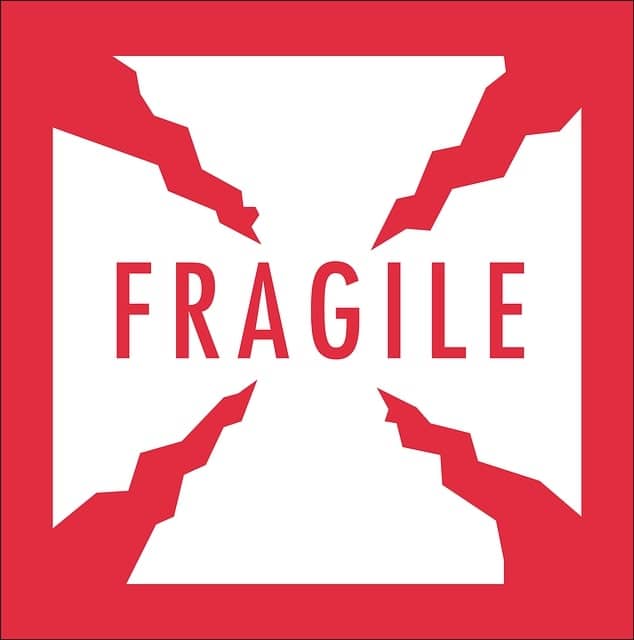Why does Ralph break the pig skull on the stick? In William Golding’s novel “Lord of the Flies”, Ralph, the protagonist, breaks the pig skull on the stick in a moment of desperation and fear. This act is significant as it symbolizes Ralph’s realization of the true nature of their society and his own vulnerability.
Why does Ralph break the pig skull on the stick? (Answered)
Throughout the novel, Ralph struggles to maintain order and civilization on the island while confronting Jack’s savage tendencies. As time passes, Ralph becomes increasingly aware of his powerlessness against Jack’s growing influence over the boys. The pig skull on the stick serves as a reminder of this power struggle and Jack’s triumph over him.
When Simon is killed by Jack’s tribe, Ralph is forced to confront his own mortality and vulnerability. He realizes that he is no longer in control and that he too could become a victim of Jack’s violence. In this moment of fear and desperation, Ralph breaks the pig skull on the stick as a way to release his frustration and anger at his situation.
Furthermore, breaking the pig skull also symbolizes Ralph’s rejection of Jack’s violent ways. The pig head represents savagery and brutality, which are qualities that Jack embraces. By destroying it, Ralph rejects these qualities and reaffirms his commitment to civilization.
How did Ralph react to the skull?
Ralph reacted to the skull with anger and disgust, as it represented the savagery and brutality that had consumed the boys on the island. The sight of the skull served as a stark reminder of their descent into darkness and Ralph’s frustration with their loss of civilization and moral values.
How does Ralph destroy the Lord of the Flies?
Ralph destroys the Lord of the Flies by punching it, causing the skull to split.
Why does Jack impale the sow’s head on a stick?
Jack impales the sow’s head on a stick as an offering to the beast to assert his dominance and power over the other boys. This act symbolizes his descent into savagery and the loss of civilization’s moral restraints as he embraces violence and fear as a means of controlling others. The impalement serves as a display of his triumph and reinforces his belief in the beast’s existence, fueling further chaos among the boys on the island.
What does the skull symbolize in The Lord of the Flies?
In The Lord of the Flies, the skull symbolizes the universal and infinite struggle between good and evil. It represents the dark and destructive nature that resides within all human beings, showcasing how easily individuals can succumb to their inner demons when isolated from society’s moral constraints. As a physical manifestation of evil, the skull serves as a constant reminder of the inherent capacity for savagery that exists within humanity, ultimately highlighting the ongoing battle between good intentions and corrupt instincts.
Conclusion
In conclusion, Ralph breaks the pig skull on the stick as a symbolic act that represents his realization of his own vulnerability in their society dominated by savagery. It also represents his rejection of violence and reaffirms his commitment to civilization. This act marks a turning point for Ralph as he begins to understand that he must fight against Jack’s brutal ways if they are ever going to be rescued from their island prison.
